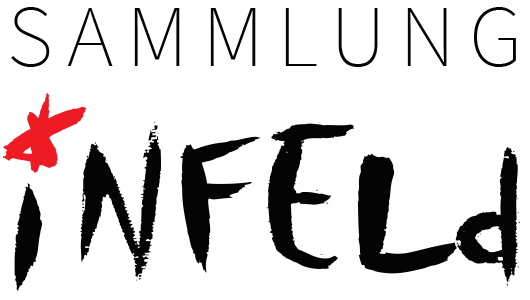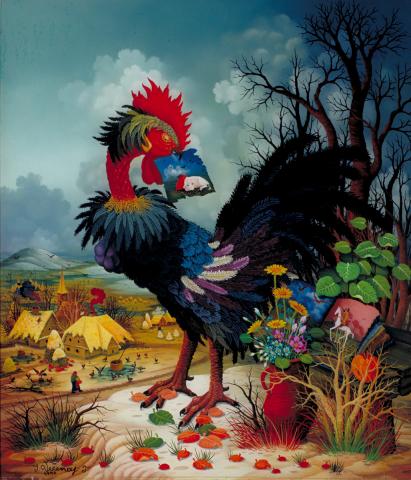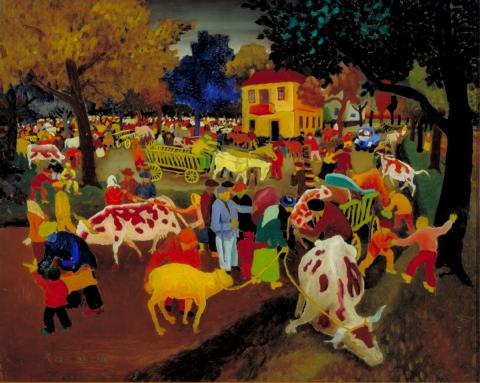The Naïve Croatian Masters
Croatia has been a member of the European Union for one year now, which is more than an excuse to appreciate the works of the masters of the Naïve Croatian School from the Infeld Collection of Vienna in their homeland.
The centre of Naïve Croatian Art is the village of Hlebine in the Drau valley in the Podravina region. In 1930, the young, academic artist and later professor of the Zagreb Academy of Art, Krsto Hegedusic, visited Hlebine on holiday, where he discovered the extraordinary creativity of two young farmers: Ivan Generalic, who produced drawings on paper bags, and Franjo Mraz. Hegedusic encouraged them to paint themes from farming life and taught them the techniques of painting and glass painting, in particular. Just one year later, they were taking part in the “Zemlja Movement” exhibition in Zagreb, together with other artists and no-one was able to guess that these two farmers were rewriting the history of Croatian art. The “Hlebine School” was founded, as an art movement, which, since that time, has been known as “Naïve Croatian Art”. Other famous artists, such as Mirko Virius, Ivan Rabuzin, Dragan Gazi, Slavko Stolnik, Matija Skurjeni and many others joined the movement and der the worldwide triumphal possession through internationally-renowned galleries and museums, attending biennales – from Paris (Ivan Generalic, 1953) via Sao Paulo (1955) back to Zagreb – could no longer be halted. Nowadays, the works of the “Hlebine School” are to be found in museums and private collections across the globe.
Very early, Peter Infeld recognised the artistic significance of this movement, obtaining his firsts works of art in 1965, when his mother, Margaretha, visited the village of Hlebine. They subsequently visited numerous other naïve artists, continuously adding to their collection and developing long and warm friendships with many of them. It is likely that, by now, the Infeld collection houses the most extensive body of Naïve Croatian Art in Austria.
Peter Infeld: “We have always chosen to create a broad spectrum of current art in our collection based on personal sensitivity for the artists and his methods. This concept of building up a collection ensures total, personal affinity and empathy with each work of art.”
This exhibition presents a selection of the most important representatives of this art movement, with drawings, paintings on canvas and wood and, in particular, the famous reverse glass painting.




